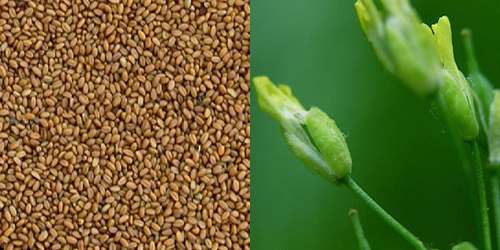Cameline was a fabric material used in the Middle Ages for textiles. It was so common that it was bought pre-made from Parisian vendors in the late 14th century. When Magnagier was directing his new wife about shopping, he wrote, “During the sauce preparation, three half-pints of dinner and a quart of shortel verjuice for dinner and dinner.” Camarline is also described as an Arabian mattress made of camel hair, which is often white and brown in color. Since history often records it as an “ordinary and cheap” textile, it is thought that it is an imitation of the original Asian camel haircut. It was sometimes an imitation of substandard French cloth made of goat’s hair.
In the thirteenth-century camelline material was made in Saint-Quentin, France. Various shades and colors were also made in the fourteenth century in Amiens, Brussels, Cambridge, Trade and Maclean. History records its first documented use in 1284. The origins of Camelina are thought to have originated in southeastern Europe and southwestern Asia. It can be introduced as weeds and other crop weeds (Norzer, 1978). Jean-de-Jointville, a medieval conqueror of France, recalls that “the king (Louis IX) sent me to Tartas, and when I returned to France, ordered me to buy a hundred aircraft for him to give to the Cordeliers.” In this memoir, he states that there are different qualities and prices. Camelina adapted to the dry winter semi-arid regions of dry prairie or steppes. It is rarely found in Mediterranean or coastal climates, except in the North Sea periphery of Europe (Jalas et al., 1996). It is grown in Europe, Canada (Alberta, Saskatchewan, Maritime provinces) and North America, where it is also likely to produce biofuels (Francis et al., 2009).
Camelina is a short-season crop that takes only 85 to 100 days to mature and requires less than 11 inches of rainfall to produce crops. Sesame yield increases with the increase of rainfall. It is commonly grown in the northwestern United States with other short-season crops such as wheat, barley, peas and lentils. Montana State University (MSU) recommends Camelina grow over a three- or four-year crop cycle. In textile dictionaries, camline is described as a coarse medieval fabric. Camel haircut is sometimes used in combination with other fabrics and is made of a towel wave pattern or a basket knit, which is finished with a soft shake. Camelina soil temperatures shoot at 36-38, so it can be planted at the beginning of spring to make time for oats, barley and spring wheat. Camelina seeds are thicker and smaller at 345,000 to 500,000 seeds per pound and can be broadcast or drilled. For optimal, continuous stands, drilling as early as possible in the spring gives good results.
Camelina is ready for harvest when the shoots turn yellow. Seeds can be harvested or sown directly to limit the sprouting. Harvesting at night also limits dryness. Harvesting can be done with a combine-harvest. Once harvested, the seeds need to be dried to retain 6-7% moisture before storage.
















